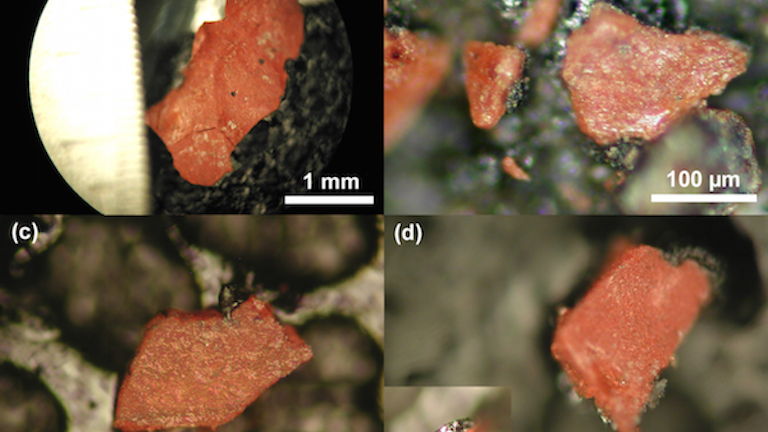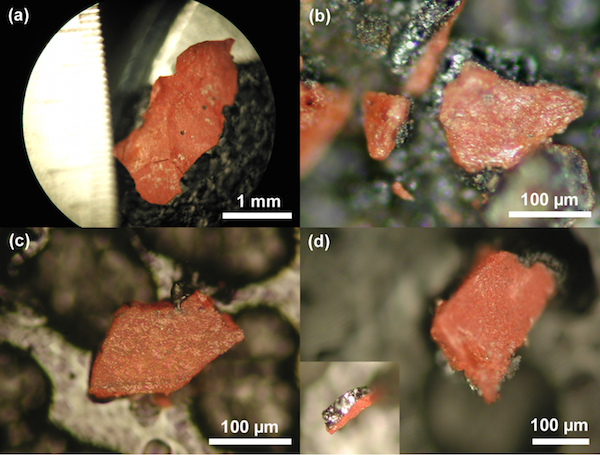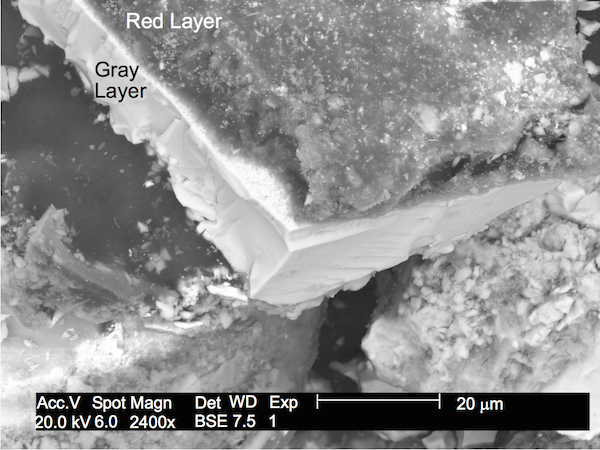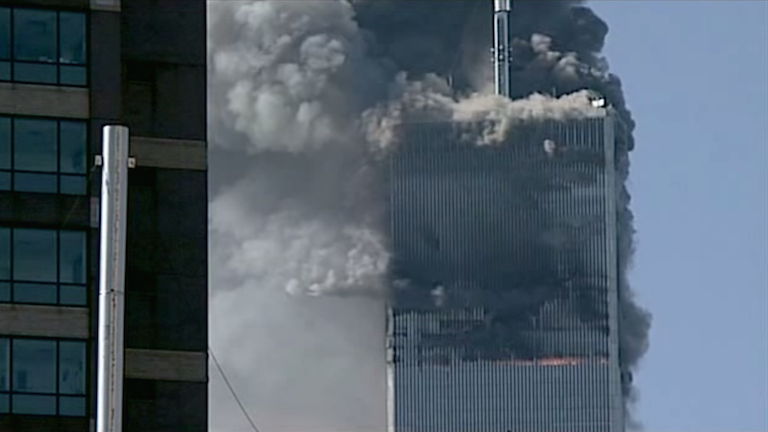the other mike
Diamond Member
- Jan 5, 2019
- 41,899
- 22,501
- Thread starter
- #101
Because I recognize the same talking points I've been hearing for 2 decades maybe ?^^The definition of a shill or troll.
I didn't know educating someone when they were completely wrong was being a shill or troll. I wonder what people think about you not answering a simple yes or now question or simply not admitting you were wrong in the face of all the evidence provided against you.
How does me providing FACTS/TRUTH make me a shill or troll? This seems to be your only defense when being painted into a corner. Insult when proven wrong.
Save it for your Marxist kids will you ?



